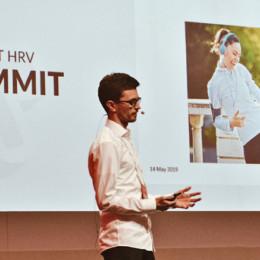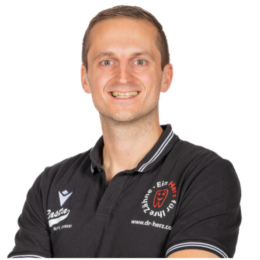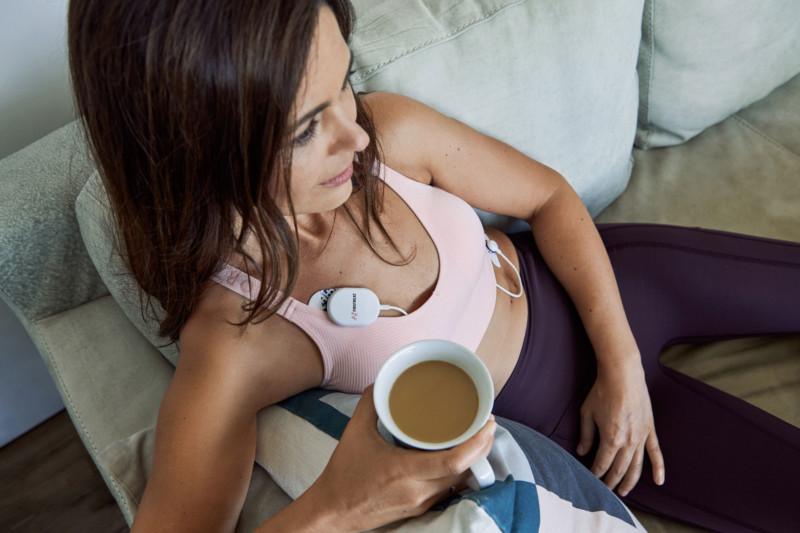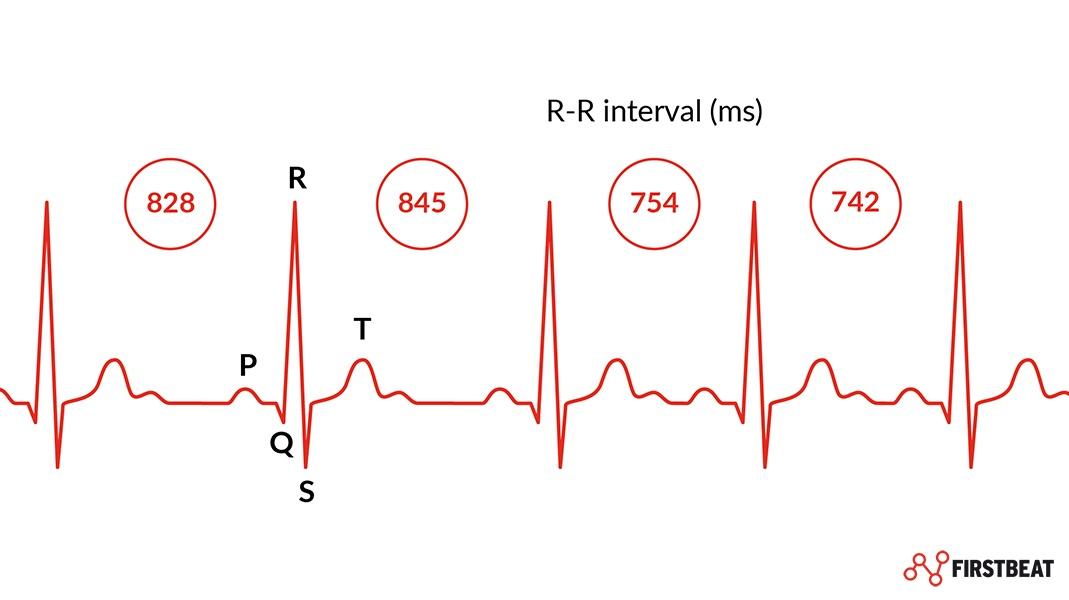
Heart rate variability (HRV) seems to be on everyone’s lips these days, at least those who are interested in monitoring their own or their clients’ sleep, recovery, performance or overall health. The phenomenon itself is not new, but its use in everyday language and in widely available devices is a fairly new development. Many professional and consumer wearables list HRV as one of the markers that they measure, and sports, wellness and performance coaches and professionals should understand the basics of this fascinating phenomenon.
Without diving too deep into the science of HRV, this blog will discuss HRV from a practical perspective: what it is, what it can tell you about your body’s physiology, and what you should be aware of when interpreting it. Other Firstbeat blogs will broaden the topic to practical applications, for example the somewhat complex relationship of HRV to stress and recovery.
How to Analyze Stress from Heart Rate and Heart Rate Variability explained in a video
Heart rate variability or HRV is the physiological phenomenon of the variation in the time interval between consecutive heartbeats in milliseconds. A normal, healthy heart does not tick evenly like a metronome, but instead, when looking at the milliseconds between heartbeats, there is constant variation. In general, we are not acutely aware of this variation; it’s not the same as the heart rate (beats per minute) increasing and decreasing as we go about our daily business.
You can get a sense of your HRV if you feel your pulse on your wrist while taking a few deep breaths in and out: the interval between beats gets longer (heart rate slows down) when you exhale and shorter (heart rate increases) when you inhale, a phenomenon called respiratory sinus arrhythmia. In addition to respiration, HRV is influenced acutely for example by exercise, hormonal reactions, metabolic processes, cognitive processes, stress and recovery.
How to Measure HRV?
Reliable HRV analysis requires accurate measurement of each heartbeat and the time between beats. There are different technologies for calculating HRV, but it’s beyond this blog to discuss them comprehensively. If you want to dig deeper into the principles of measuring HRV and different HRV variables, I recommend for example the Task Force article on heart rate variability.
In short, ECG-based methods detect the R wave in the QRS complex and calculate the time between R waves (R-R interval; Fig. 1). This is what, for example, the Firstbeat Bodyguard does: it can detect the heartbeat at 1 ms accuracy (1000HZ) for very accurate HRV analysis in most people of different body and skin types and age groups, both at rest and during movement. Most of the widely available wearable devices use PPG or photoplethysmography to detect the heartbeat optically by measuring the wave of blood flow, for example from the wrist or ear, and then calculate the inter-beat interval or IBI.
Comparison between different methods is beyond the scope of this blog. However, different methods and devices, if used correctly and systematically, can produce interesting and useful information for the user. Some of the key differences of Firstbeat Life and wearable devices are explained here.

Fig. 1 An ECG graph showing a series of QRS complexes. The time between heartbeats (R-R interval) varies naturally from beat to beat, and deeper analysis of this variation (HRV) provides a lot of valuable information about the body’s physiological status.
Heart Rate Variability Monitor Firstbeat Bodyguard 3
With Firstbeat Bodyguard 3 sensors you can record RR-intervals and 3D acceleration, and even ECG in research applications. The sensor uses clinically approved medical electrodes to monitor ECG-based beat-to-beat heart rate data (RR-intervals). This is the “gold standard” for HRV monitoring in clinical settings.
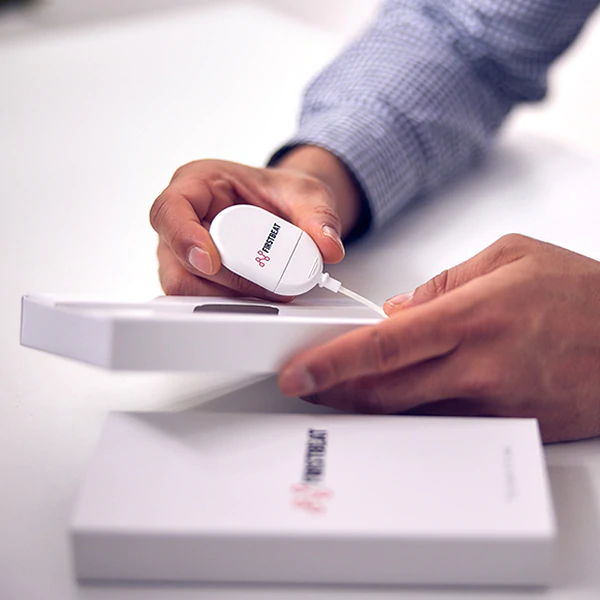
Firstbeat Bodyguard 3 HRV Monitoring Device
Heart Rate Variability and the Autonomic Nervous System
HRV is regulated by the autonomic nervous system (ANS), and its sympathetic and parasympathetic branches, and is commonly accepted as a non-invasive marker of autonomic nervous system activity. The sympathetic branch of the ANS is the stress or fight–or–flight system, getting us ready to act, react, and perform – to meet the different demands that life throws at us.
The parasympathetic side is characterized as the rest–and–digest system that allows the body to power down and recover “once the fight is over”. The sympathetic branch activates stress hormone production and increases the heart’s contraction rate and force (cardiac output) and decreases HRV, which is needed during exercise and mentally or physically stressful situations. Conversely, the parasympathetic branch slows the heart rate and increases HRV to restore homeostasis after the stress passes. This natural interplay between the two systems allows the heart to quickly respond to different situations and needs.
Why Does Heart Rate Variability Matter?
In a normal, healthy situation, HRV should increase during relaxing activities, for example meditation or sleep, when the parasympathetic nervous system should dominate (see Fig 2). On the other hand, HRV naturally decreases during exercise or stress, when elevated sympathetic activity helps the body keep up with the demand. Thus, HRV is typically higher when the heart is beating slowly, and lower when the heart starts to beat faster.
HRV level changes naturally from day to day, depending on the level of activity and amount of, for example, work-related stress. If a person is chronically stressed or overloaded – physically or mentally – the natural interplay between the two systems is disrupted, and the body can get stuck in a sympathetically dominant fight state, with low HRV and high stress hormone levels even during rest. This is very consuming on the body and can result in mental and physical health problems.

A person’s HRV graph (RMSSD in ms) shows how HRV drops naturally to almost zero during exercise (blue bar at 16.00) and increases significantly during morning meditation and sleep, due to increased parasympathetic activation, reflected as green recovery in the Firstbeat graph.
Genetic factors contribute significantly to the person’s HRV level, but a person can improve their individual HRV by improving their health, fitness, stress management and recovery skills. High HRV is considered an indicator of a healthy heart, and higher HRV has been found in many studies to be associated with reduced morbidity and mortality and improved psychological well-being and quality of life. We must live with what the genetic lottery has given to us, and even if general reference values are available, comparison to other people’s HRV values is not meaningful. The good news is that healthy lifestyle can influence HRV in a positive way. By exercising regularly, maintaining good fitness, and striving for healthy stress management and a more balanced life, we can see improvements in our HRV as well.
Practical Applications for Utilizing HRV?
Firstbeat has developed ways of utilizing HRV in real-life conditions. We turn HRV data into valuable and understandable feedback that helps people perform better, make correct training and coaching decisions, and improve their wellbeing. Firstbeat Life is a professional-grade stress and recovery monitoring tool for promoting health and well-being. Firstbeat Sports is a complete solution for optimizing training load and recovery for sports teams. We also provide researchers with easy access to highly accurate ECG-based heart rate variability (HRV) data for assessing physiological reactions. Get to know our research offering here.
You might also be interested in
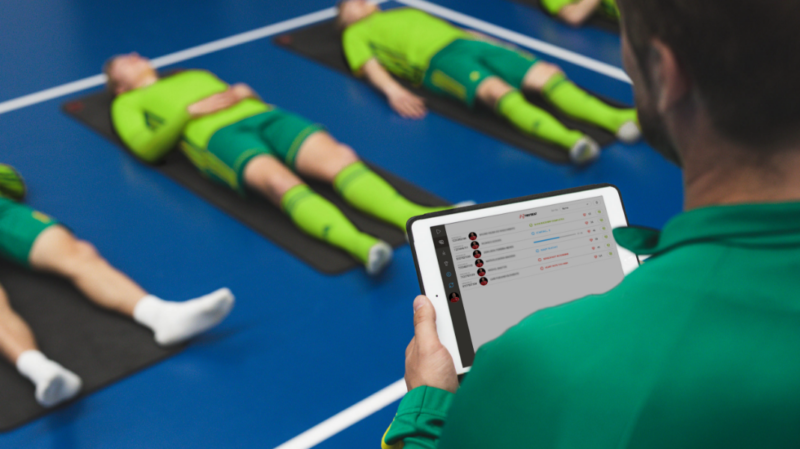
Measuring Sleep to Help Manage Athletic Performance
As part of sleep awareness week, March 13-19, it seems a good time to have a look at the subject and how you can utilize Firstbeat Sports to monitor your…
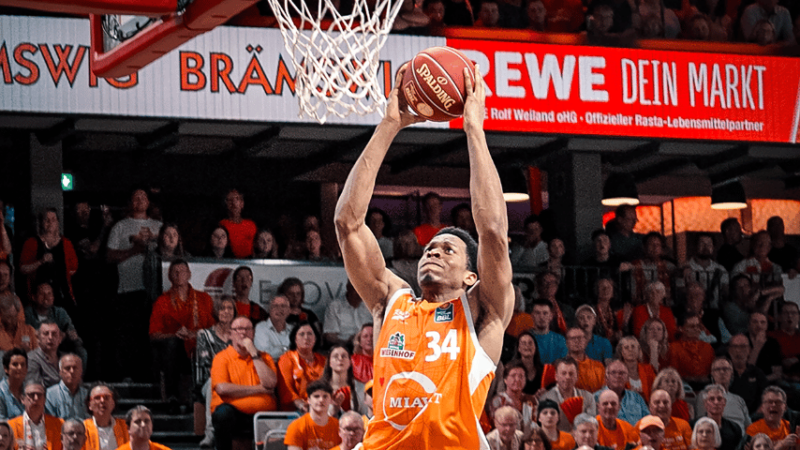
Optimizing Real-Time Athlete Monitoring Through Historical Data Analysis
This article is written by Domenik Theodorou, a Firstbeat Sports client and Performance Coach at RASTA Vechta, a professional basketball team competing in the Basketball Bundesliga (BBL). Prior to his…


